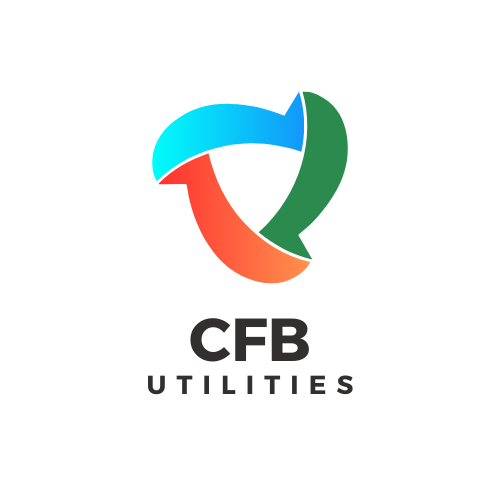Understanding your energy bill – The Basics
Today we will be helping you get to grips with understanding what is on your energy bill for a typical fixed contract. It can be very confusing when you look at your monthly bill because there is a lot of information and charges on it. Get yourself a cuppa, this one may be long but it is so important to get the best energy deals.
We will begin by explaining the main charge that you will see, which is a kWh or p/kWh. This is how your energy is measured. So for example, if you use an appliance that is rated at 3kw per hour for 2 hours, you would have used 6kWh’s. How we get to this number is by doing a simple mathematical equation; 3kWh x 2 = 6kWh. Knowing how to calculate your consumption can be very useful when trying to optimize your energy accounts and save money on your energy bills! On your bill you will notice that you are charged per kWh you use, this will be shown as p/kWh. Let’s say you use 1,500 kWh’s in a year and are charged 25p for each kWh used, you would do the following maths equation to work out how much this would cost you; 1,500 kWh x 25p/kWh = £375. Prices are examples only.
This is why when you are negotiating your renewals, getting the best “p/kWh” is crucial to getting the best deal as you are being charged this potentially thousands of times over the year! To save you time and hassle, you can request a renewal offer on our Quote page and we will handle this all for you.
Still with us? Great, let’s move on to Standing Charges!
You will notice that you are charged a “Standing Charge” every day, even if you don’t use any energy. This will be displayed like the following; 31 (days) x 25p/day = £7.50. Prices are examples only.
Standing Charges are put in place by your Energy Supplier to cover the costs of getting the energy to your premises/meter. You cannot negotiate a Standing Charge as it is a fixed fee. This is usually calculated by the stress that you put on the National Grid and what type of meter you have.
In recent years you may have noticed that Standing Charges have become a much more expensive cost on your bill. This is due to TCR, which was introduced to the Energy Market in April 2023.
We have an article about TCR that goes into more depth, which you can see if you click HERE.
To save you time and simplify it for you to reference back to this article when looking at your bill, see below for a breakdown of what information is on your monthly bill and what it means:
MPAN: This stands for “Meter Point Administration Number” and is unique to your meter so that a supplier can locate you and know what type of meter(s) you have. There are many different types of meters, but we will cover this in another article. All you need to know for now is that it will usually look like a bingo ticket on your bill. Most businesses have either a 03 or 04 meter type, which is a standard 1 rate meter and a 2 rate meter.
MPRN: This stands for “Meter Point Reference Number” and is a unique 11-digit number so that suppliers can locate your address. You will see this located on your energy bill displayed similar to; MPRN: 12345678910.
CED: This means “Contract End Date”. We don’t really have much else to say on this…
AQ: This stands for “Annual Consumption”. Most of the time you will just see this displayed on the bill as “Annual Consumption” but we wanted to include this for you just in case it has been abbreviated.
There are a few other things we would like to cover, but we will do this in future articles. If you have any questions about what has been covered in this article or you have noticed that your charges are higher than usual/incorrect then please get in touch with us. You can reach out via Email, Telephone, or by getting a no-obligation Quote.
 contact@changeforbetter.co.uk
contact@changeforbetter.co.uk

